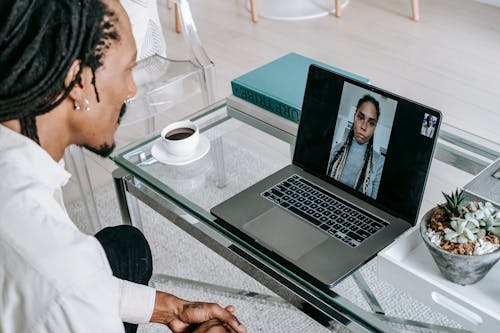Laptops overheating during video conferencing calls is a common issue and can be attributed to several factors:
High CPU Usage: Video conferencing applications, especially those with video capabilities, can be resource-intensive. High-quality video processing and encoding demand significant CPU usage, leading to increased heat generation. This is particularly true for laptops with less powerful cooling systems.
Inadequate Ventilation: Laptops are compact devices with limited space for cooling components.
Background Applications: Running multiple applications simultaneously while on a video call can strain your laptop's resources. Background processes and applications increase CPU usage, leading to elevated temperatures.
Power Settings: Some laptops may be set to power-saving modes by default, limiting the performance of the CPU and cooling system. Adjusting power settings to a higher performance mode can help mitigate overheating.
External Environment: The ambient temperature of the room can impact laptop temperature. Using a laptop in a hot environment or placing it on surfaces that trap heat, such as soft materials or bedding, can exacerbate overheating.
Outdated Drivers or Firmware: Manufacturers often release updates to improve system stability and address thermal management issues.
To address laptop overheating during video conferencing:
Close unnecessary applications running in the background.
Place your laptop on a flat, hard surface to allow for better ventilation.
Clean the laptop's vents and fans to remove dust and debris.
Use an external cooling pad to help dissipate heat.
Adjust power settings to balance performance and temperature.

If the problem persists, consider consulting the laptop manufacturer's support or seeking assistance from a technician to inspect and address any hardware-related issues.
Read also: Why does my laptop battery drain rapidly when using resource-intensive applications